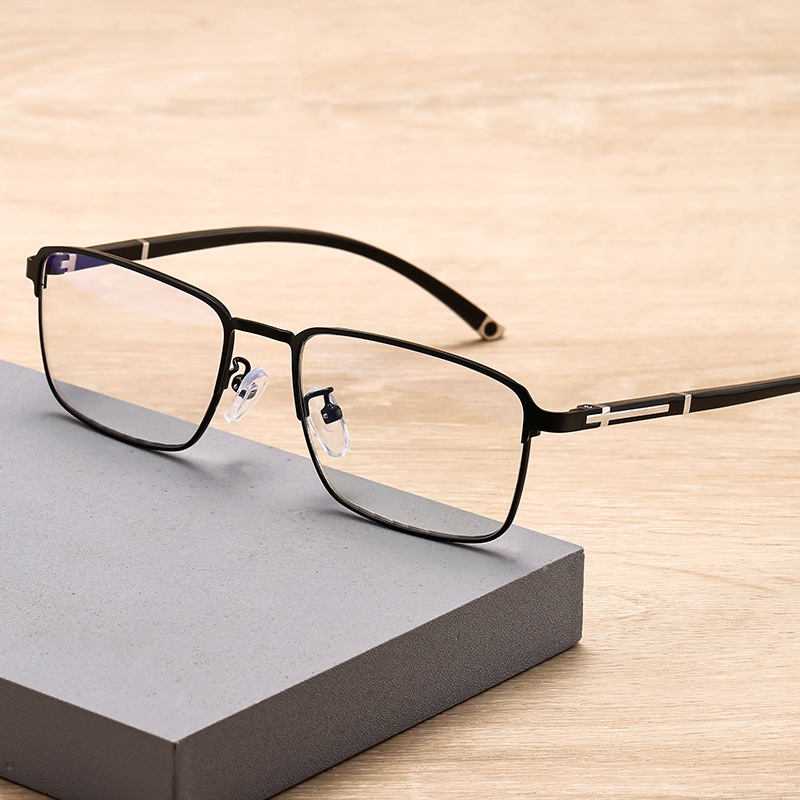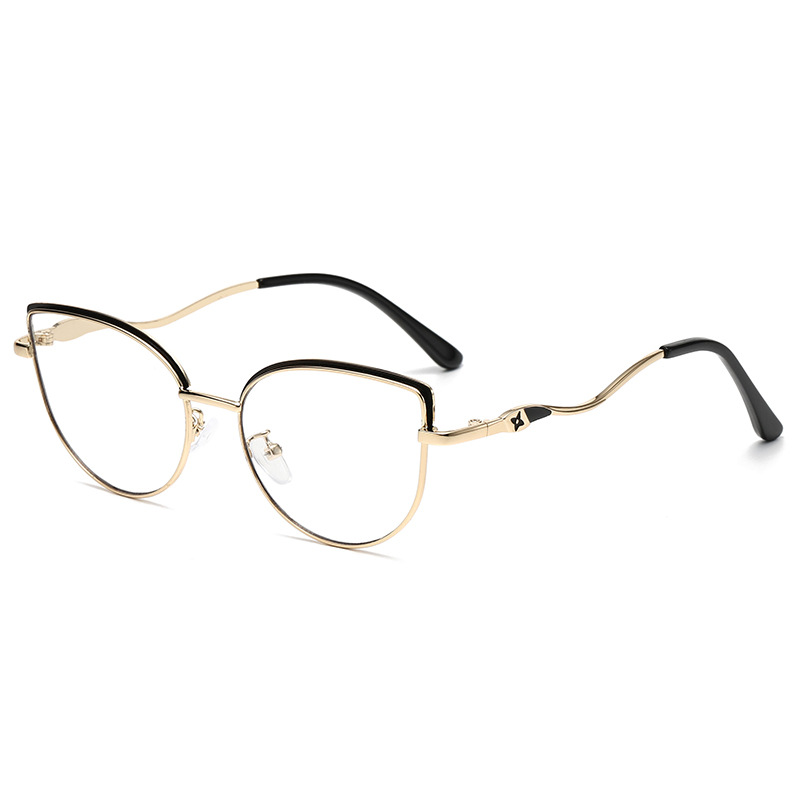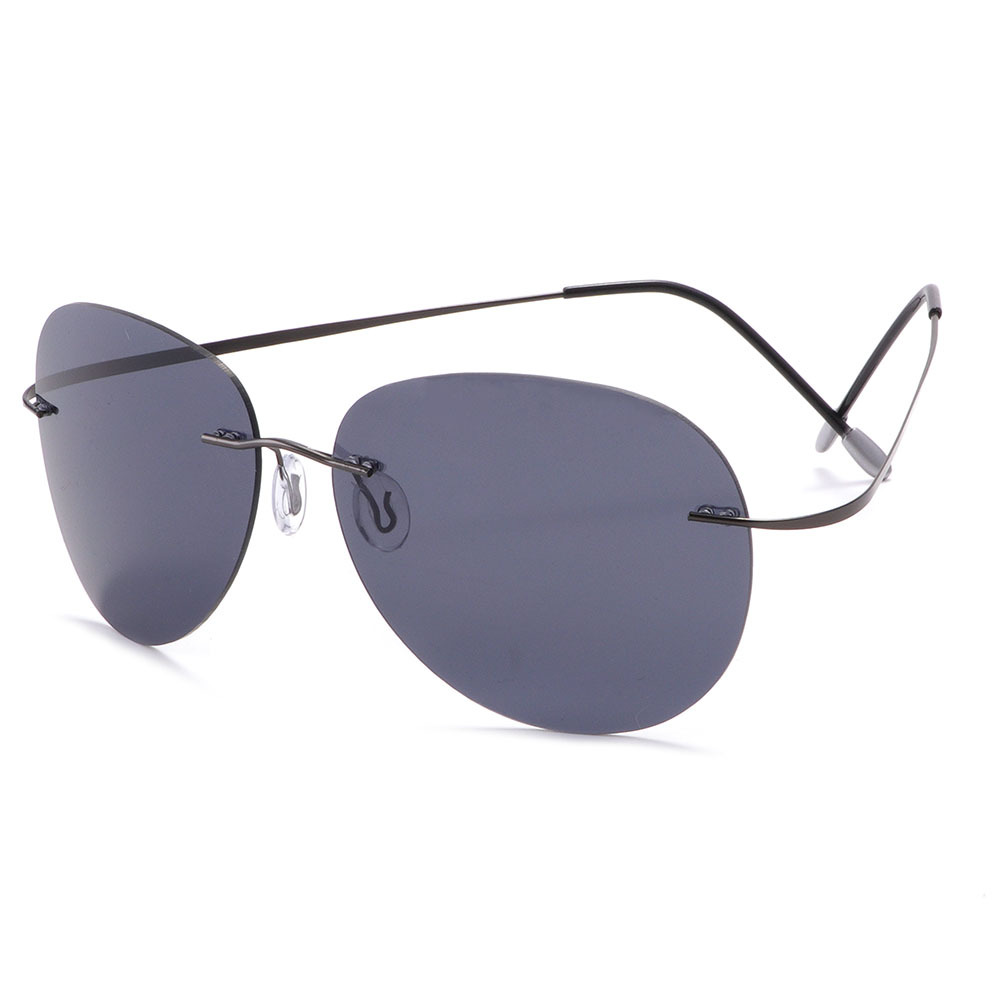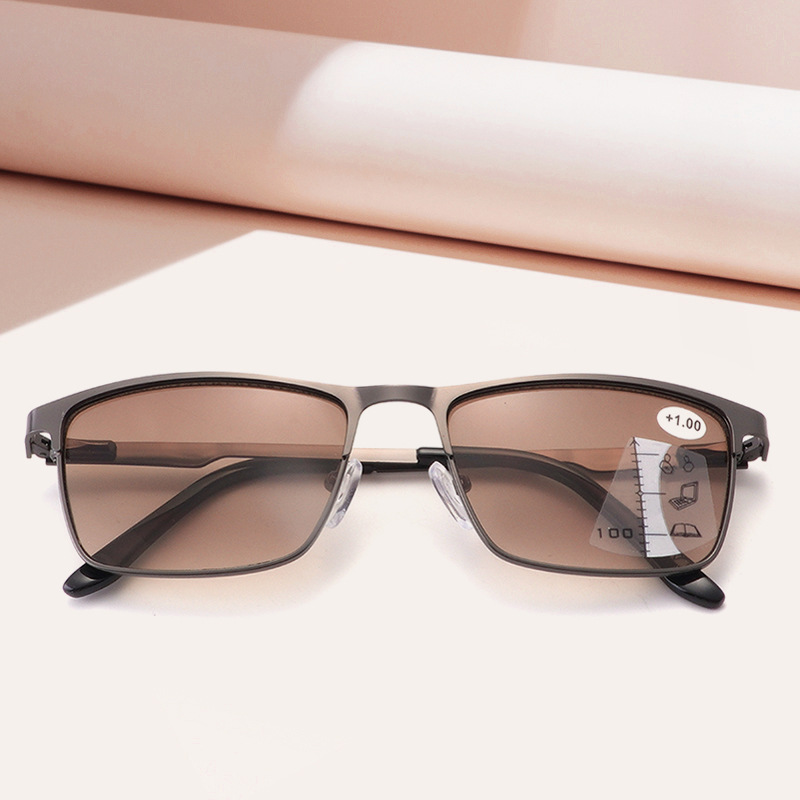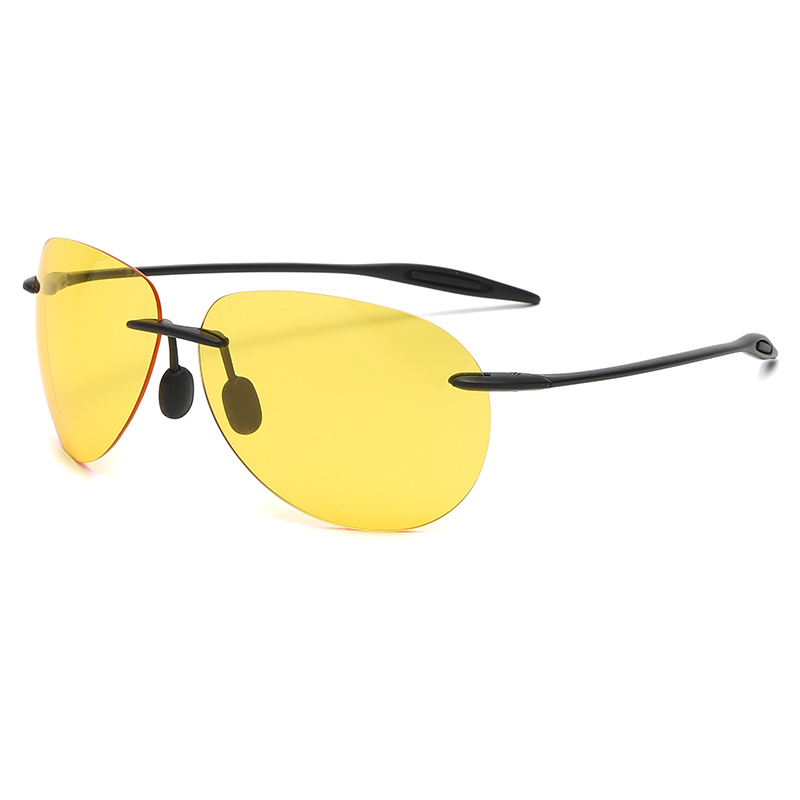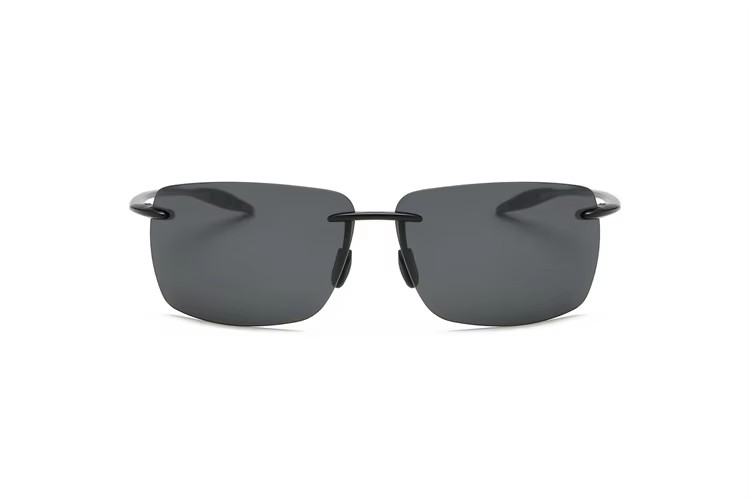The use and function of sunglasses
The use of sunglasses mainly has the following aspects:
Uv blocking
Protect your eyes: Sunglasses can effectively block ultraviolet (UV) damage to your eyes. Prolonged exposure to ultraviolet light may cause a variety of eye diseases, such as cataracts, pterygium, macular disease, and so on. Quality sunglasses can filter out most of the UVA and UVB, providing reliable protection for your eyes.
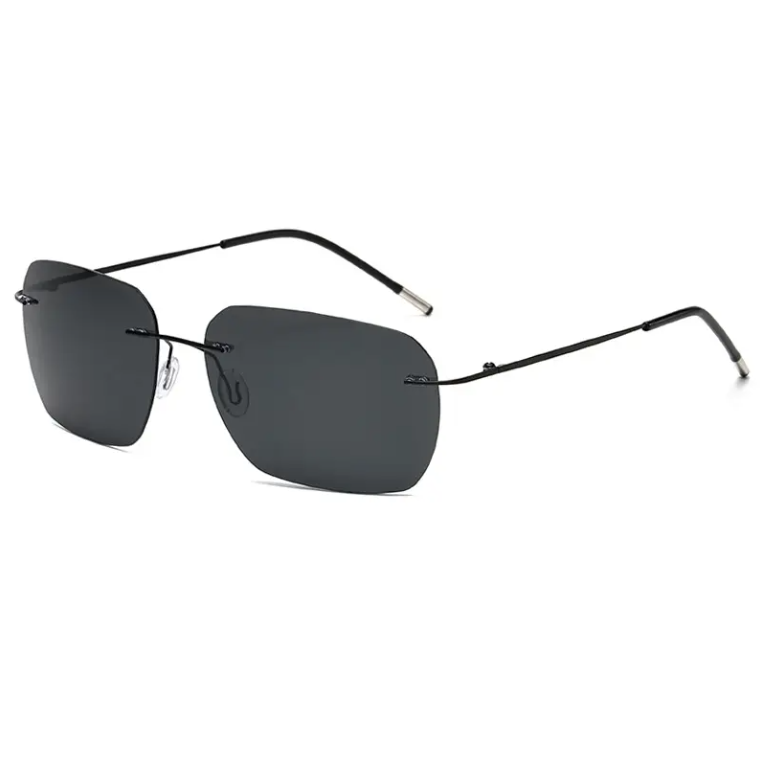
Reduce glare
Reduce glare interference: In bright environments, such as beaches, snow or roads in direct sunlight, sunglasses can significantly reduce glare and reduce glare irritation to the eyes. This helps to improve visual clarity and comfort, allowing people to see objects around them more clearly and avoid uncomfortable reactions such as squinting and tearing caused by bright light.
Enhance the visual effect: wearing sunglasses while driving can effectively weaken the strong light reflection from the road surface, vehicle mirrors, etc., so that the driver's line of sight is clearer, better observe the road conditions, and improve driving safety.

Relieve eye strain
Adjust pupil size: Under different light intensity, the pupil automatically adjusts its size to control the amount of light entering the eye. In a strong light environment, the pupil will shrink, and being in this state for a long time will make the eye muscles tense and easily lead to eye fatigue. Sunglasses can filter out some of the light, so that the pupil does not have to contract too much, thereby reducing the burden on the eye muscles and relieving eye fatigue.
Provide a comfortable visual environment: For people who use electronic devices for a long time or in the environment where the light changes frequently, wearing sunglasses with appropriate light reduction function can create a relatively stable and comfortable visual environment, reducing the fatigue of the eyes caused by frequent adaptation to light changes.

